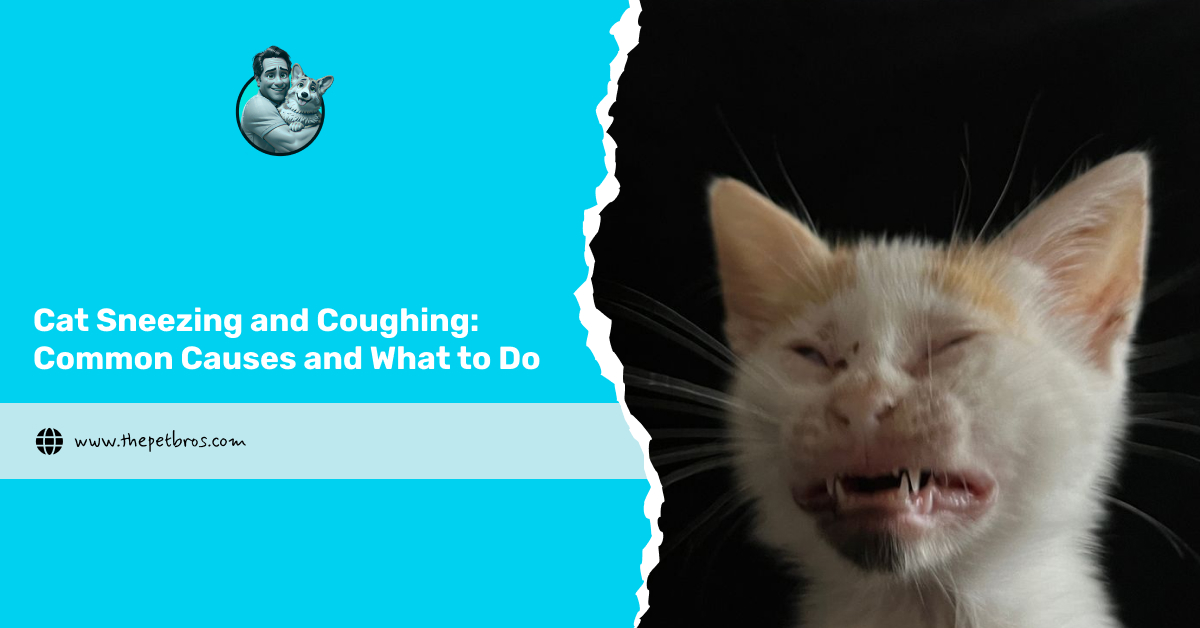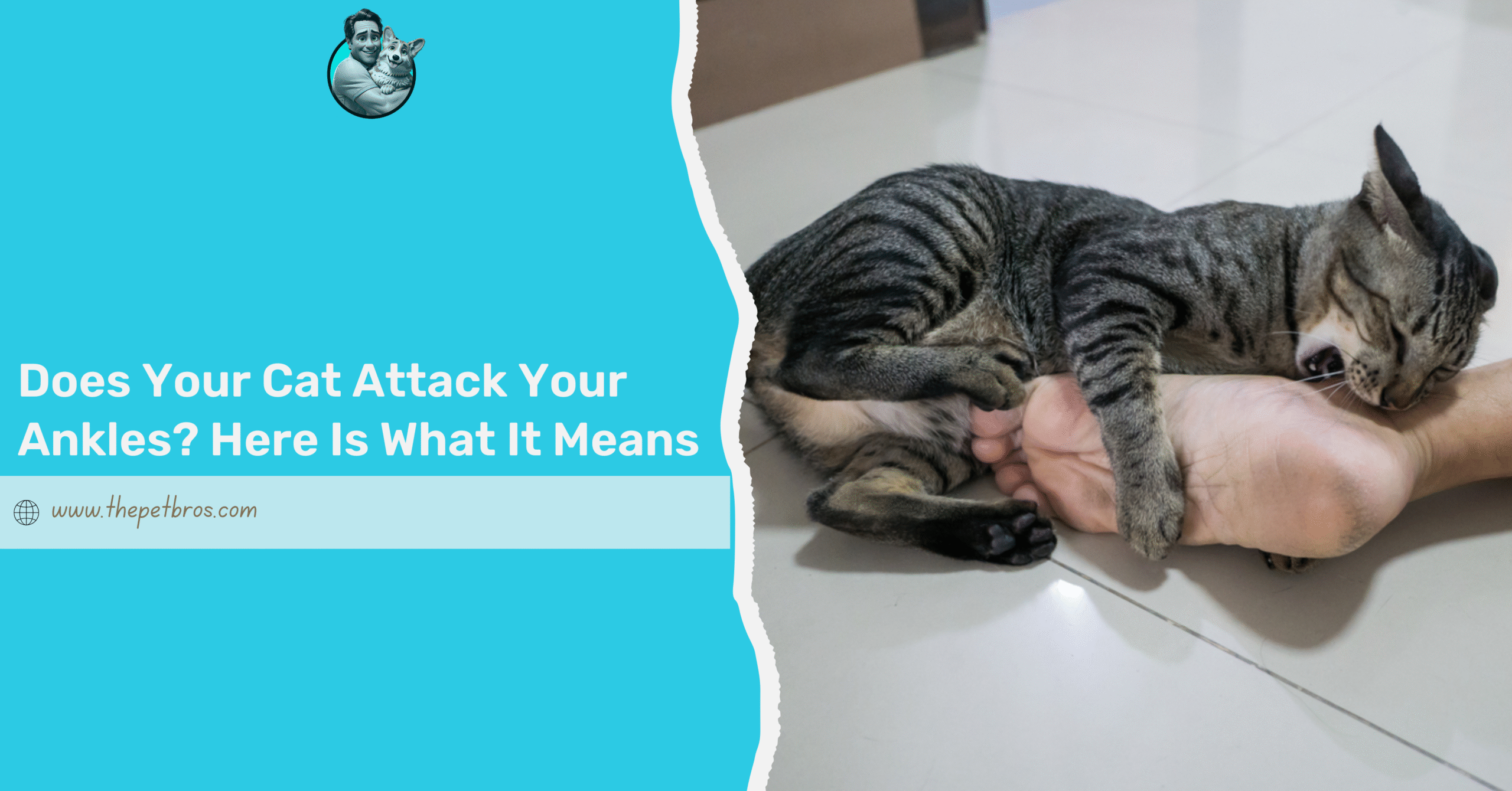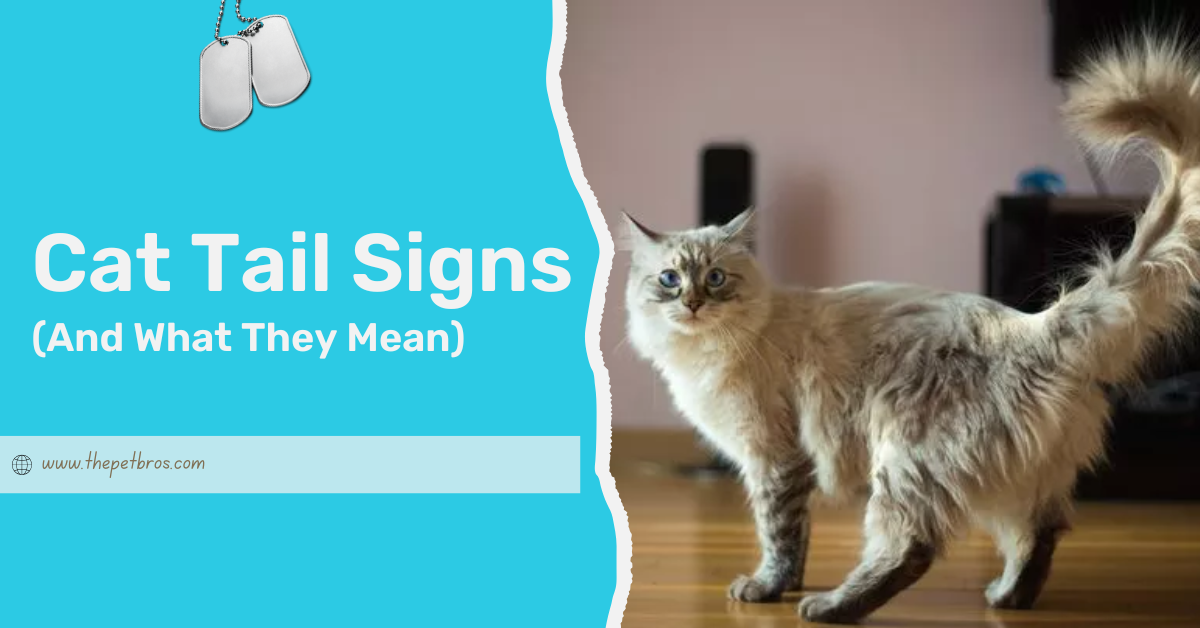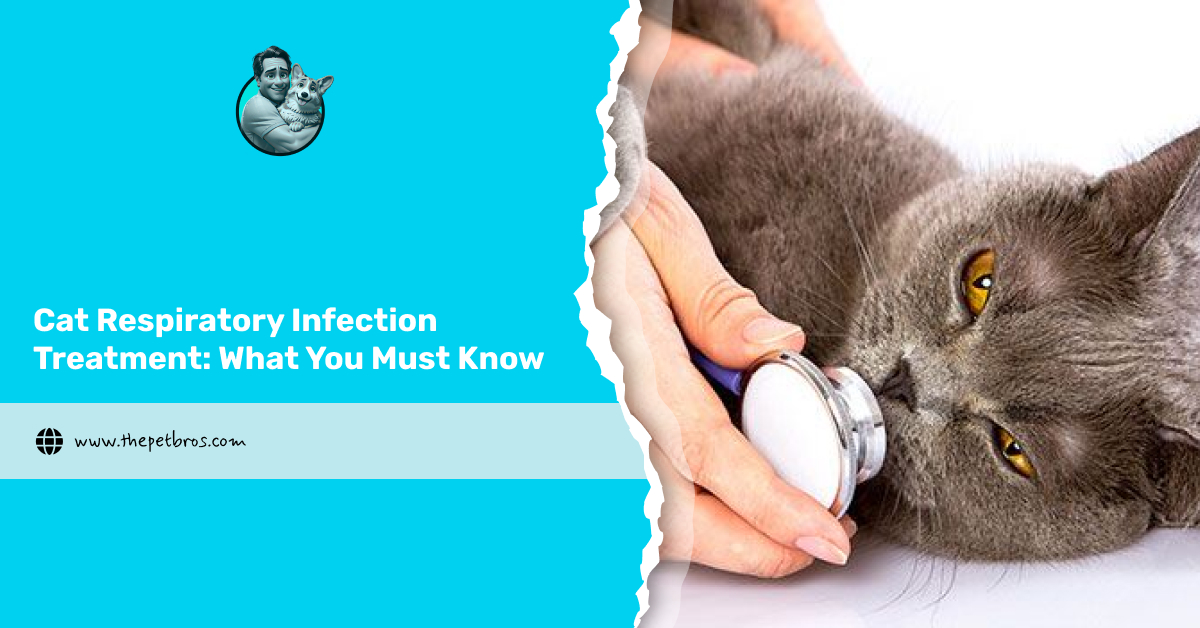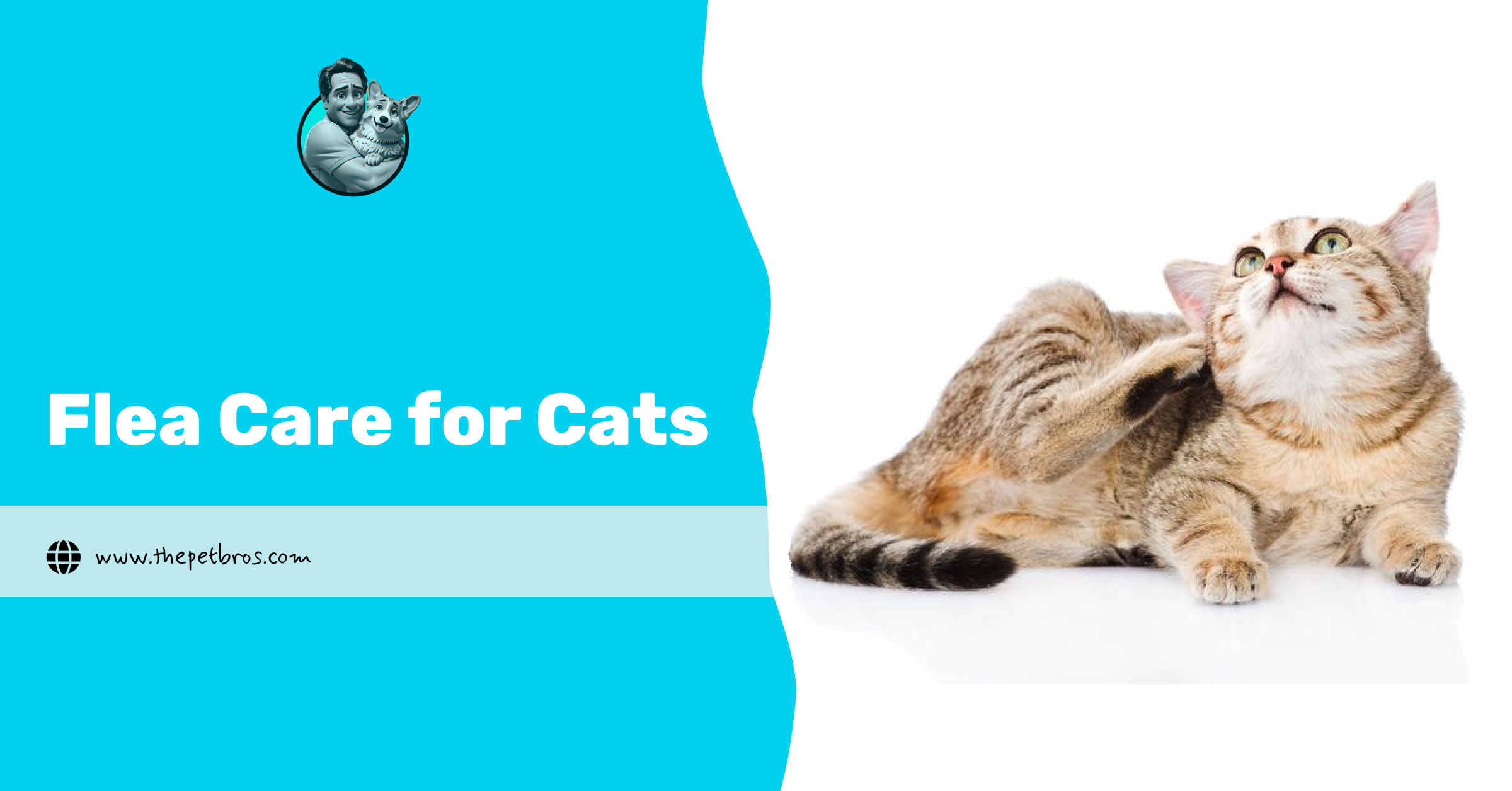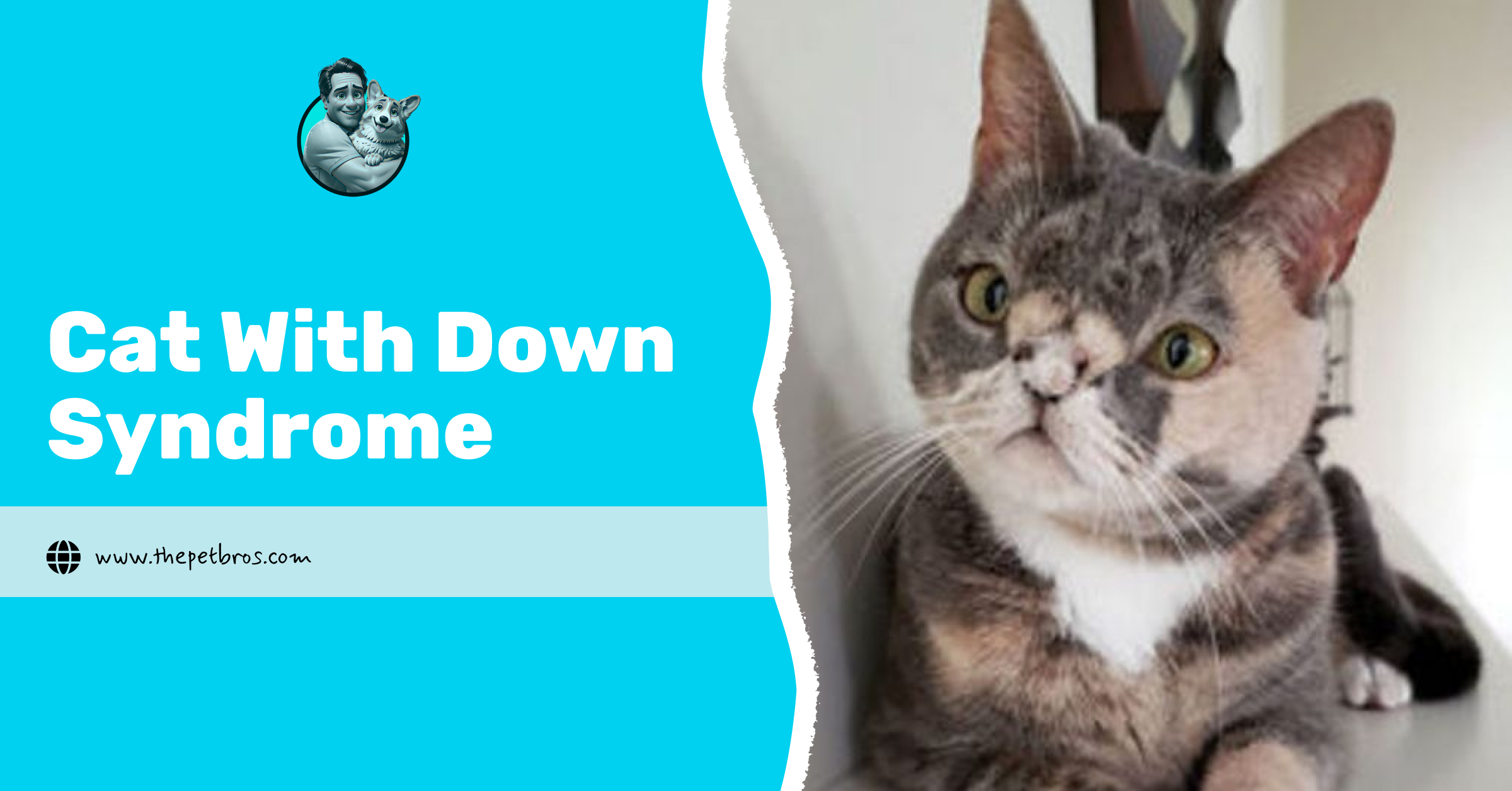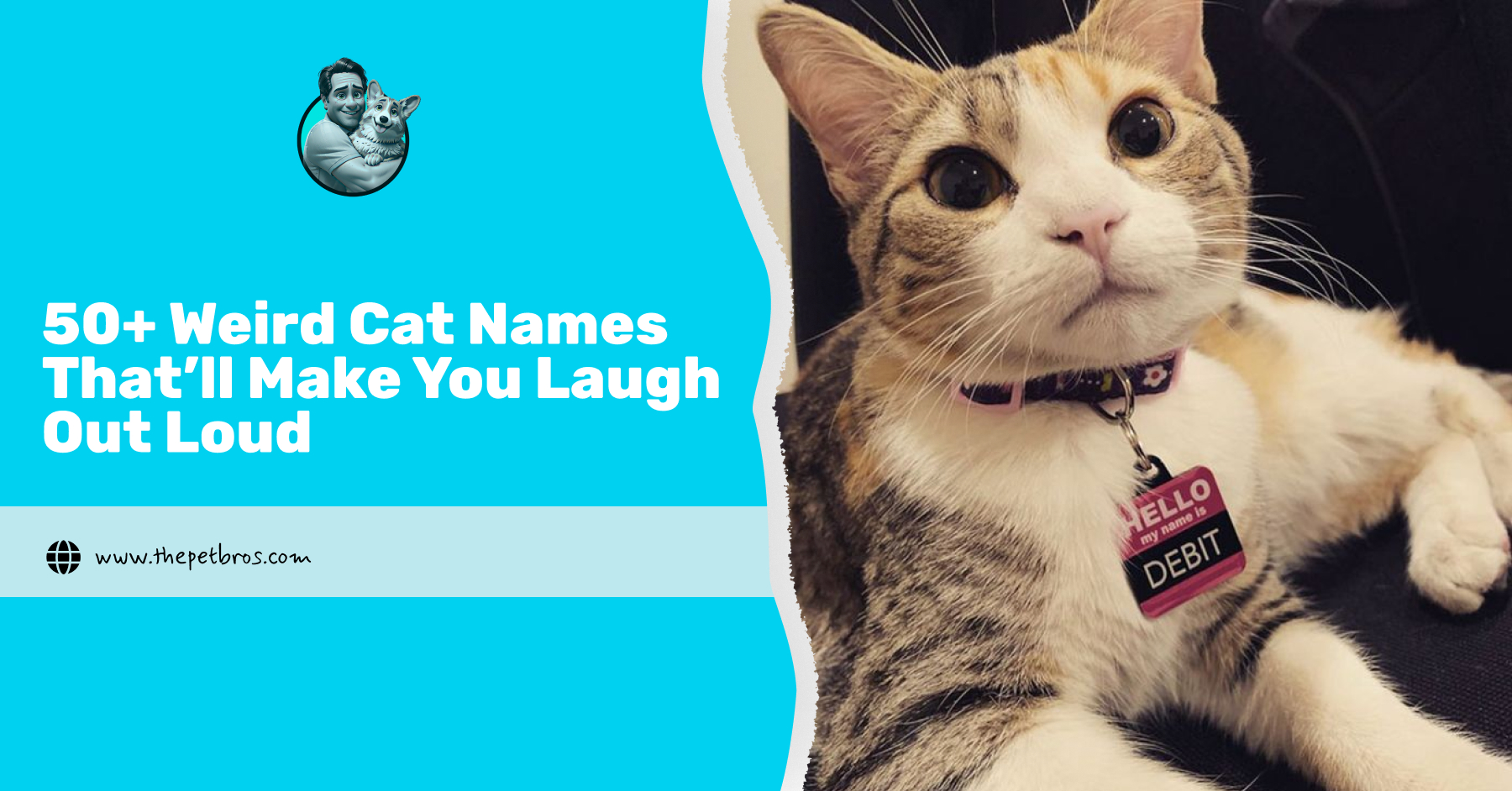Did you just hear your cat sneezing and coughing, and now you’re wondering if something’s awry? Cats can sneeze or cough for all sorts of reasons, just like us, but sometimes those little sneezes and hacks can be a sign that something’s up.
So, if you’re worried or simply want to be the best cat parent you can be, you’re in the right place. We’re going to break down what might be causing your cat to sneeze or cough, when you should be worried, and what you can do to ease their symptoms.
Grab a cup of tea, snuggle up with your furry friend, and let’s get to the bottom of it together, because a healthy cat is a happy cat, and there’s nothing quite like the peace of mind that comes from making sure they’re feeling their best.
Why Is My Cat Sneezing?
1. Cats React to Irritation from Allergies or Debris
Cats are naturally nosy, poking around in all sorts of places. Sometimes, a bit of pollen, dust, or a whiff of your perfume can irritate their nasal passages. Even something as harmless as a loose bit of fluff or grass can trigger a sneeze. It’s their body’s way of clearing out the irritant, and a little sneeze here and there is usually nothing to worry about.
2. Viral Infections Often Trigger Sneezing
If the sneezing is more frequent and your cat seems a bit under the weather, a viral infection might be the cause. Feline herpesvirus and calicivirus are common culprits. Alongside sneezing, you might spot a runny nose, watery eyes, or signs of congestion. In some cases, it might even be linked with mild coughing. A cat sneezing and coughing together can point to something contagious, especially if you have more than one cat at home.
3. Bacterial Infections Develop After Viral Illness
Sneezing that sticks around or gets worse might mean a bacterial infection has taken hold after a virus. This is when you’ll start seeing thick, coloured discharge from the nose and maybe a drop in energy too, and you are starting to wonder if it could even be pneumonia like your Google search suggested.
4. Foreign Objects Get Stuck in Nasal Passages
Every so often, a cat’s adventure leads to something getting stuck where it shouldn’t. A tiny bit of grass, a seed, or even dust from a plant pot can end up lodged in their nasal passage. When that happens, the sneezing becomes frequent and intense. Your cat might paw at their nose or look extra uncomfortable. This isn’t just a simple tickle; it’s their way of trying to get rid of the irritant. If it doesn’t stop, it’s wise to speak with your vet.
Why Is My Cat Coughing?
1. Cats Cough to Clear Hairballs
When your cat hunches over and lets out a strange little hack, it’s often just a hairball. As they groom themselves, loose fur builds up in their tummy. Coughing helps shift that furry clump up and out. It’s not the most glamorous part of cat ownership, but it’s totally normal. Unless it becomes frequent or your cat seems distressed, this kind of brief coughing isn’t usually cause for concern.
2. Allergies or Feline Asthma Trigger Coughing
Just like sneezing, coughing can also be triggered by allergies. Dust, pollen, or even scented sprays can irritate your cat’s airways. In other cases, it could be feline asthma, especially if the coughing is regular and sounds a bit wheezy. This kind of coughing is more than a quick hairball hack. It’s a health issue that needs proper attention. If your cat’s sneezing and coughing happen often, especially during certain times of year, allergies or asthma could be to blame.
3. Lower Respiratory Infections Raise Concern
When the coughing gets deeper or more frequent, and your cat seems under the weather, there might be something more serious going on. Infections like pneumonia or bronchitis can cause heavy coughing, and you may notice your cat acting tired, refusing food, or just looking poorly overall. If the cough is accompanied by lethargy or fever, it’s definitely time for a vet visit.
4. Fluid Accumulates in the Lungs
Some underlying issues, like heart disease, can cause fluid to collect in the lungs. This leads to a wet-sounding cough that doesn’t really go away. It might not be the first thing that comes to mind, but if your cat’s sneezing and coughing has taken on a heavier tone or your cat is breathing oddly, it could be linked to something more serious. Always better to be safe and get it checked out.
What Should I Do When My Cat Is Sneezing and Coughing?
If your cat’s doing a bit more sneezing or coughing than usual, the first thing is not to panic. Start by watching closely. Are they eating well? Still bouncing around like their usual cheeky self? Or are they suddenly curled up in a corner looking poorly? Keep an eye out for tail signs, and their behaviour like tiredness, heavy breathing, or any goopy stuff coming from their nose or eyes.
Make sure they’re drinking plenty and staying warm and comfy. If they’ve got a bit of nasal congestion, try gently wiping their nose with a warm, damp cloth. It can really help them breathe a bit easier. You could also let them hang out in a steamy bathroom for a few minutes, just like when we’ve got a stuffy nose.
Try to keep things calm around the house. Cats pick up on stress quickly, and a relaxed routine helps them heal better. If your cat’s sneezing and coughing carry on for more than a few days or seems to be getting worse, don’t wait. Give your vet a ring. It’s always best to be safe and get the proper advice for your whiskered friend.
When Should I See the Vet?
We all hope it’s just a tickle, but sometimes that cough or sneeze means something more. If your cat’s sneezing and coughing doesn’t clear up after a few days, it’s time to check in with the vet. Occasional snuffles are one thing, but anything that lingers or gets worse shouldn’t be ignored.
Look out for signs that your cat’s really not feeling their best. Struggling to breathe, acting sluggish, skipping meals, or hiding away are all signs that something’s off. Discharge from the nose or eyes, especially if it’s yellow or green, is another red flag.
If your cat seems weak, wobbly, or just not their usual self, trust your gut. Cats are brilliant at hiding illness, so even subtle changes can be important. Getting them checked early makes all the difference.
Conclusion
A sneezing or coughing cat might look cute at first, but it’s not always just a harmless quirk. From dust and hairballs to viral nasties and more serious issues, your cat’s symptoms deserve attention. The good news? With a bit of love, care, and the right advice, your feline friend can be back to chasing shadows in no time.
Want more cosy, cat-loving tips sent straight to you? Stick with us, we’re here to help you keep your whiskered pal purring through sniffles, hairballs, and everything in between.
FAQs
What can I give my cat at home for sneezing?
Consider using a humidifier, cleaning their face, and offering plenty of fluids and rest.
How to treat cat cough naturally?
Increase hydration, reduce stress, and keep their environment warm, clean, and comfortable for faster recovery.
How to treat a sick cat without going to the vet?
Support their recovery with rest, fluids, proper nutrition, and careful observation of their condition.
Is milk good for sick cats?
Milk isn’t recommended; many cats are lactose intolerant, and it may worsen their symptoms.
Can I use pepper to make my cat sneeze?
No, pepper can irritate their nasal passages and cause further distress or harm.
Can I use human amoxicillin for my cat?
Never use human antibiotics without a veterinarian’s guidance; it can be dangerous and contribute to resistance.






